“SLR”, “L1A1”, “right arm of the free world”, the FN FAL has had many names and even more variants, but here are the five most common examples you’ll likely find spread throughout the world.
Top 5 Most Common FALs:
The FN FAL became known as the right arm of the free world due to its widespread adoption by NATO-aligned countries during the Cold War. While the entire goal of the FAL project was for NATO to standardize on one small arm and cartridge, the amount of variation that existed between the member states’ rifles was great enough to consider the effort a failure. That isn’t to say that the project didn’t result in a mighty fine rifle and cartridge that were used and loved by millions, but it is to say that there’s nothing standard about a British L1A1 compared to an original FN when it comes to parts interchangeability. The FAL and its variants have been produced under license by at least eleven different countries since its inception, but here are the five makes you’re most likely to still see being used in the wild around the globe.
Belgian-Made FN FAL
The original cold warrior, straight outta Liège, Belgium. As the first designers and producers of the rifle, Fabrique Nationale de Herstal has made more FAL rifles than any other single nation or factory. While official production numbers from any of the manufacturers are hard to obtain, it’s safe to say that FN-made examples were and continue to be the most abundant. This is in part due to the fact that while several other countries made the FAL, they primarily did so to supply their own armed forces. Some of these nations also sold and distributed rifles abroad, but not on the same level as FN. From 1953 until 1988, FN was churning out FAL rifles to equip armies all around the world. Even most of the countries that would go on to produce their own FAL variant got started by ordering a batch from Belgium.

Because many FN-made FALs were sold to poorer governments in less stable regions, many Belgian FALs have fallen into the hands of non-state actors over the decades. Guerrilla fighters from the Middle East to Africa to Asia who are seen using FALs more often than not have an original FN example. The only countries where an encountered FAL will most likely not be made by FN are in nations that produced their own copies or in Commonwealth member states that adopted the L1A1 pattern of FAL.
Commonwealth L1A1 SLR
There was a time when the sun never set on the British Empire, and that means there was also a time when the sun never set on an L1A1. First adapted from the FN metric-pattern rifles by Canada in the mid-1950s as the C1, this laid the foundation for the inch-pattern commonwealth FALs that would become standard in nations loyal to the British crown. From Hong Kong to Halifax, Bombay to Brisbane, it was the L1A1 that reigned supreme. L1A1 pattern rifles typically have a few distinct features that differentiate them from their metric-pattern older brothers, such as the folding charging handle and different rear sight.

Also known as the SLR or self-loading rifle, L1A1 FALs saw plenty of action before their production ended in 1999. Used by ANZAC forces in Vietnam, by the British during the Falklands War and even by some United Kingdom Special Forces in Iraq, the L1A1 has shown that it’s just as capable of a battle rifle as FN-made models are. Some minor modernization attempts integrated into the L1A1 also have led some to hold this pattern in higher regard than Metric-pattern models, regardless of their country of origin. Most L1A1 rifles were made in the UK, but some Australian, Indian and Canadian-produced models were spread around the world to some degree as well.
The proliferation of L1A1 rifles throughout the world has also resulted in their common use with non-state actors as well, especially in regions that were once under the British sphere of influence. There were also nations of “mixed influence” that at some points used both L1A1 and FN-pattern FALs such as Rhodesia.

Argentine FM FAL
No, “FM FAL” is not a typo. When Argentina made the switch from purchasing FALs from FN to producing their own under license, they changed the acronym to reflect their own production facility—Fabricaciones Militares. FM FALs mostly saw action during the Falklands War where they were pitted against the Brit’s L1A1 FAL variants, but Argentina also produced them for exportation. They were mostly sold to South and Central American nations and likely comprise the majority of FALs found in that region, but some made their way overseas as well during the Balkan conflicts of the 90s when some were sold to Croatia.

The FM FAL is still Argentina’s standard service rifle today, although it is in the process of being phased out. Over the years FMAP produced most FAL variants that FN did as well, including machinegun, sniper and folding-stock variants. Some Argentine FALs were imported into the U.S. as sporting rifles for a period, and many original military examples are in British possession after being captured in the Falklands.
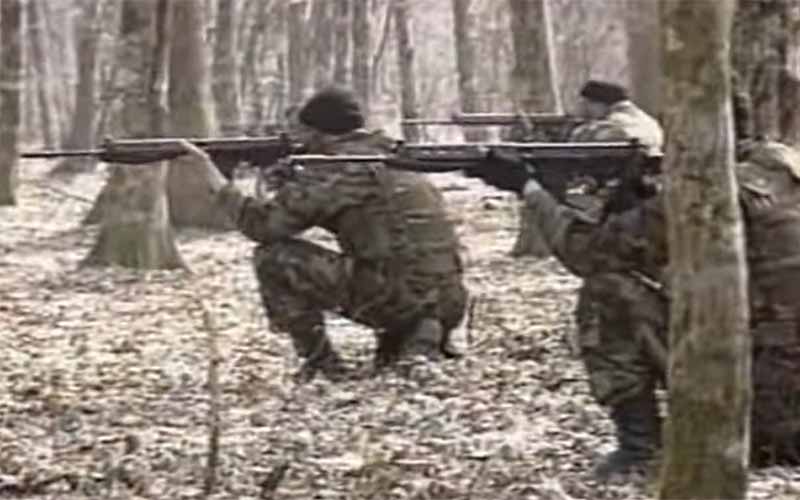
Brazilian IMBEL FAL
Like Argentina, Brazil licensed the FAL to equip their own armed forces, but unlike Argentina, they did not export them in any significant numbers. Most IMBEL FALs either remain in Brazil or were sold as parts kits, primarily to America where they were commonly used to build FAL rifles. Some were used by Century Arms in conjunction with L1A1 parts kits to make Franken-FALs, which received mixed reputations of reliability due to the crossing of metric and inch-pattern parts. The better quality IMBEL FALs in the U.S. were imported as semi-auto sporter rifles by Springfield Armory under the name SAR-48. Otherwise, the majority of IMBEL FALs remain in use by some Brazilian army and police units.

Israeli “Romat” FAL
The Israelis initially liked the FAL well enough to purchase the licensing rights to produce it on their own, but their negative experiences with it led to the development of the Galil which replaced it in 1972 after only 17 years of service. The Israeli’s biggest issue with the FAL, and the platform’s greatest weakness in general, is sand. In the jungles of Asia where the FAL was first combat tested, this issue obviously didn’t expose itself, but once brought to the Middle Eastern desert the problem quickly became apparent. IMI, the producers of the Israeli FAL, attempted to borrow the “sand cuts” concept from the L1A1 to improve reliability but the platform was ultimately abandoned. Today, Israeli-made FALs mostly live on outside of Israel, frequently appearing in the hands of both state and non-state actors throughout the Middle East.

More On Battle Rifles:
- The FN-49: The FN FAL's Grandather
- New Production DSA FALs
- Roller-Locks Go Mainstream: The CETME Model 58
- The H&K G3 :The Most Successful Battle Rifle
- What To Know When Buying A G3


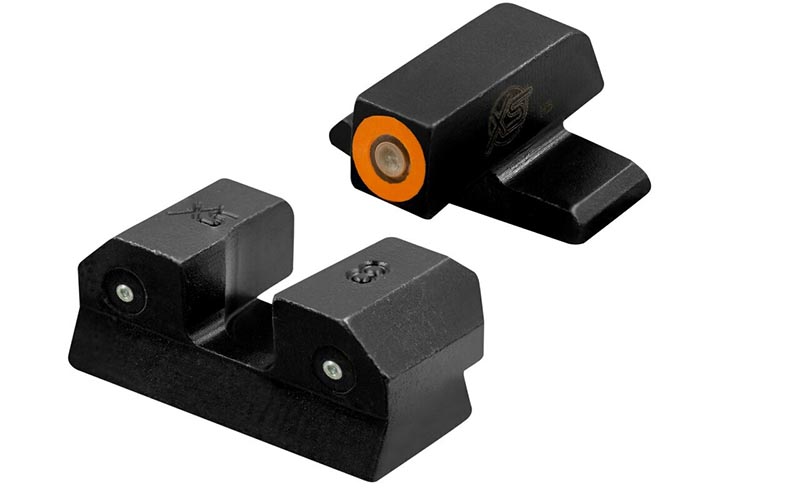
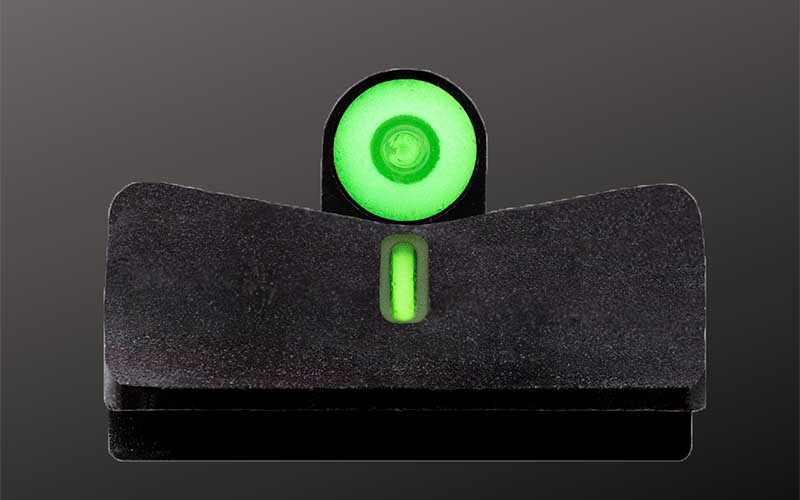




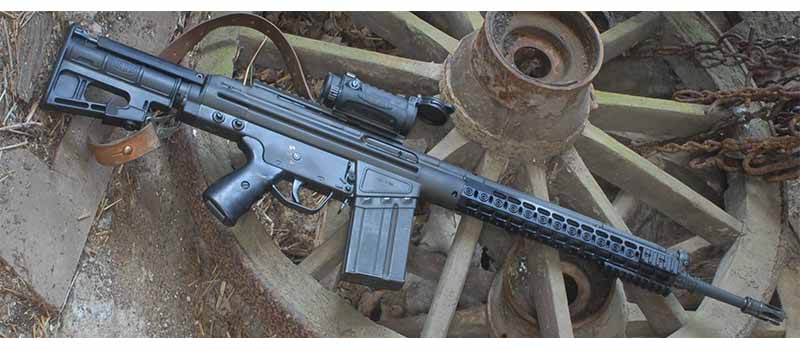
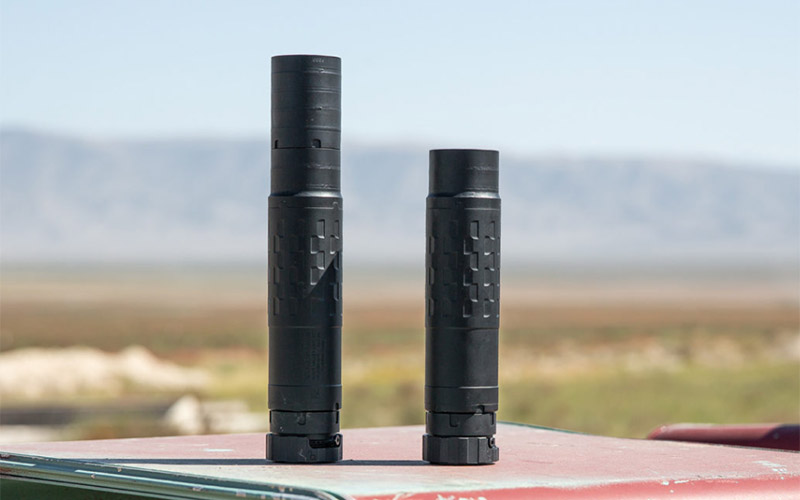
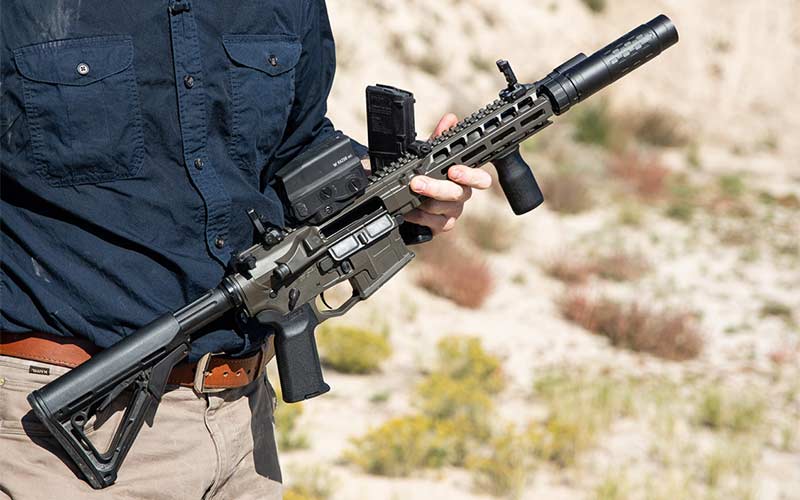
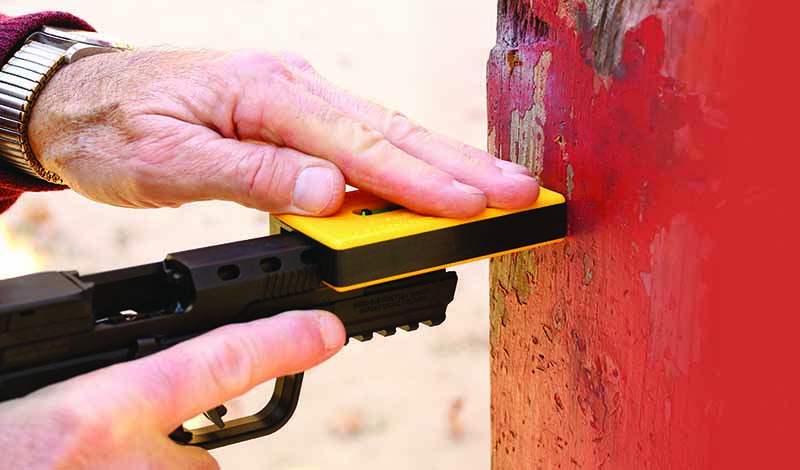

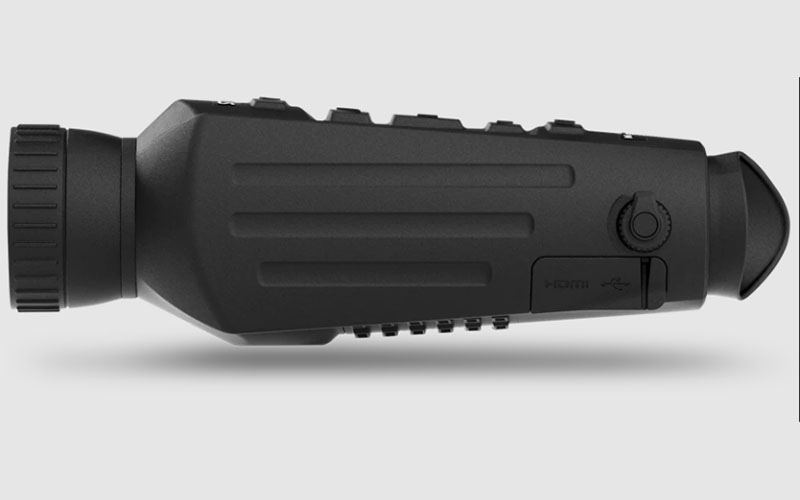
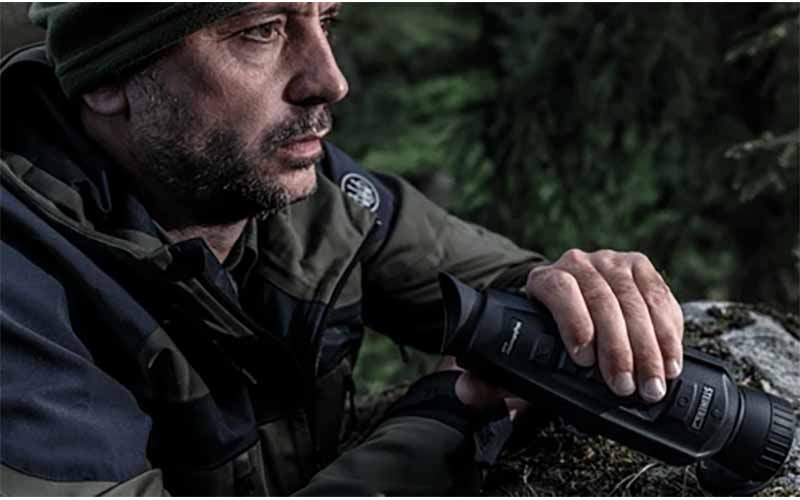
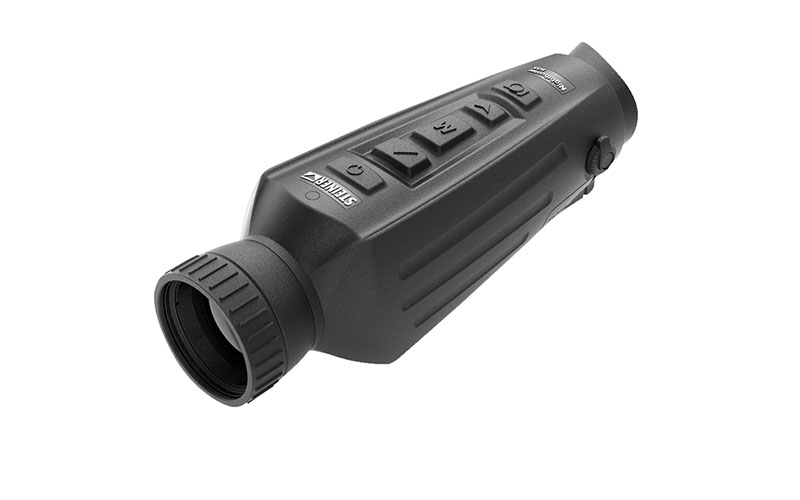
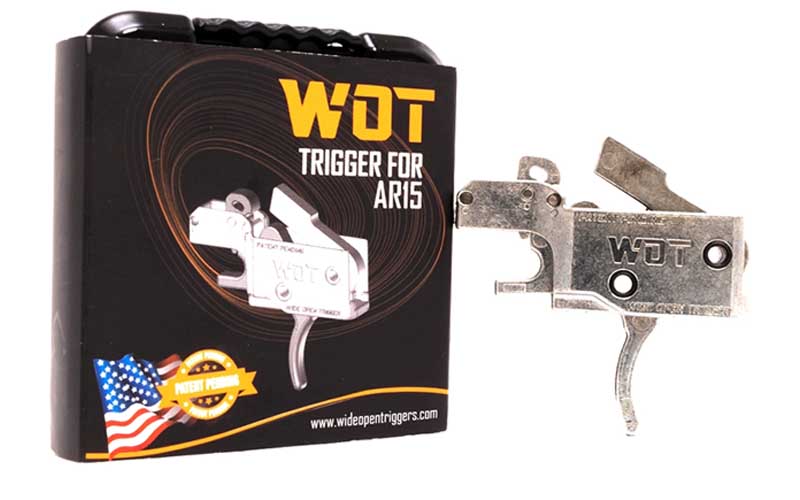
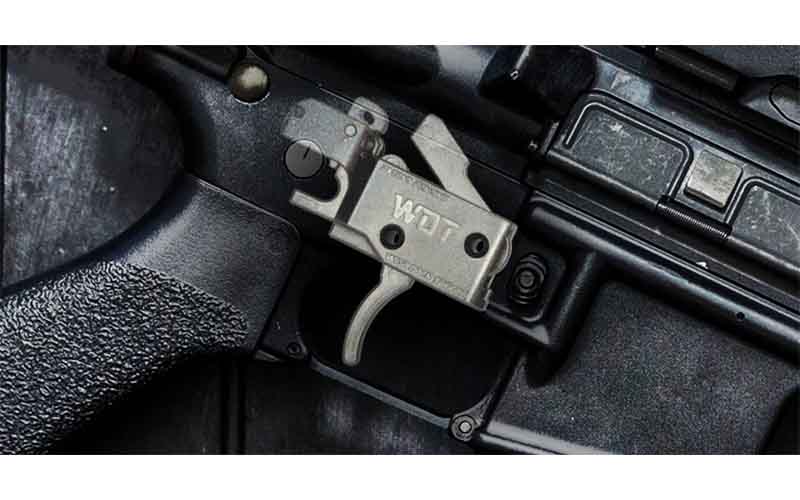
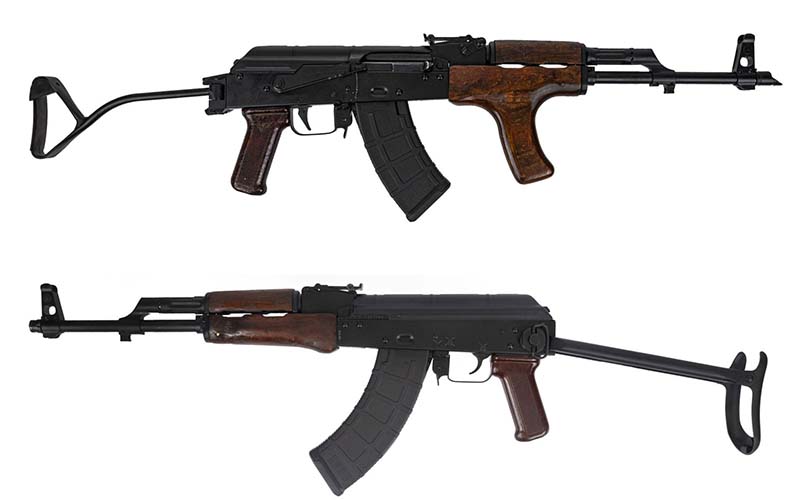
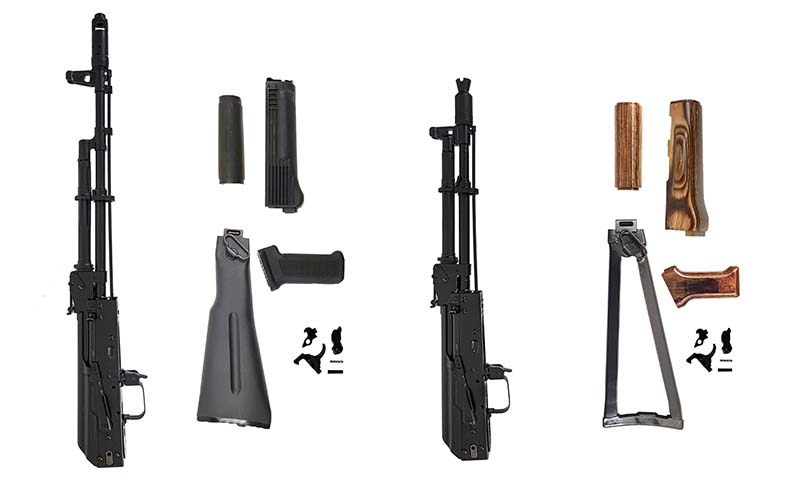
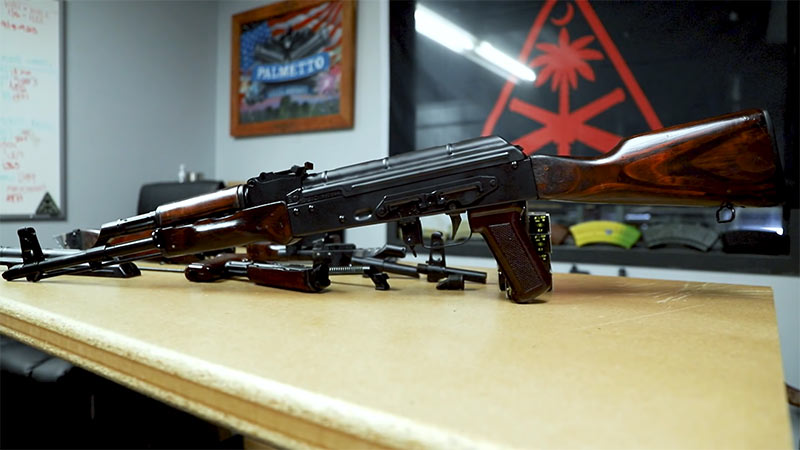
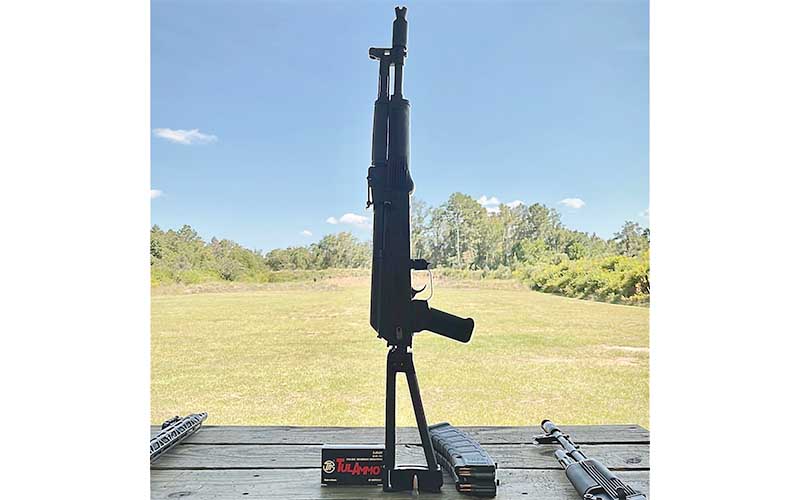
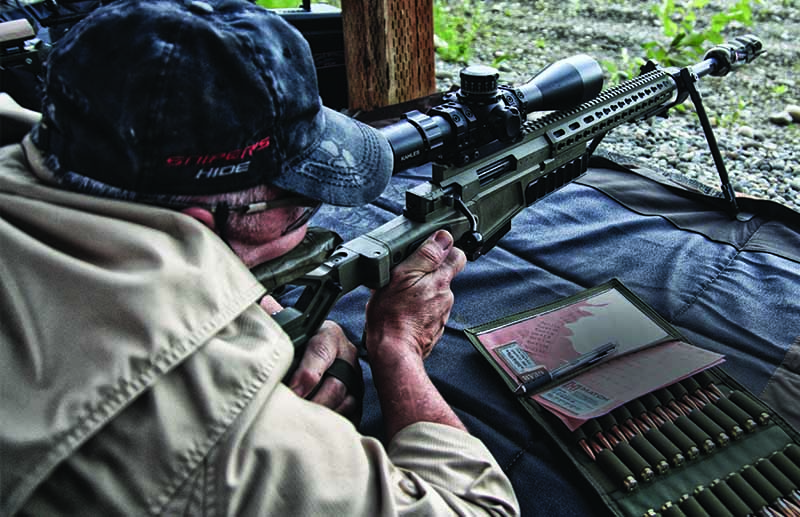


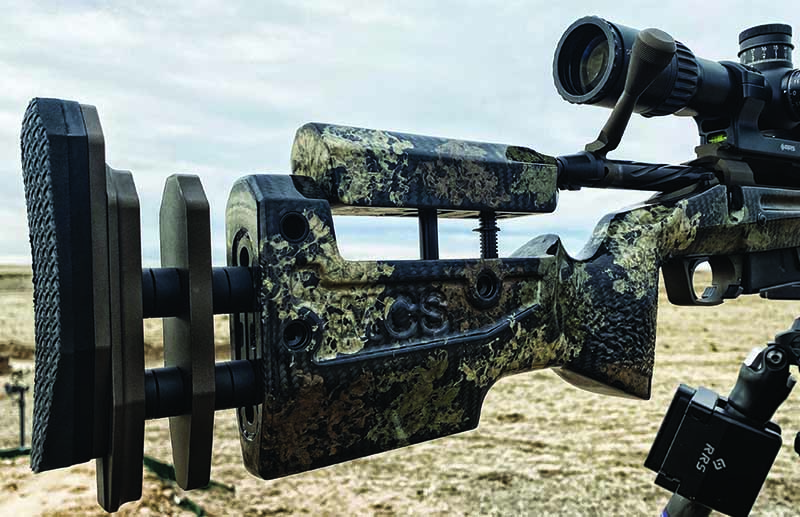



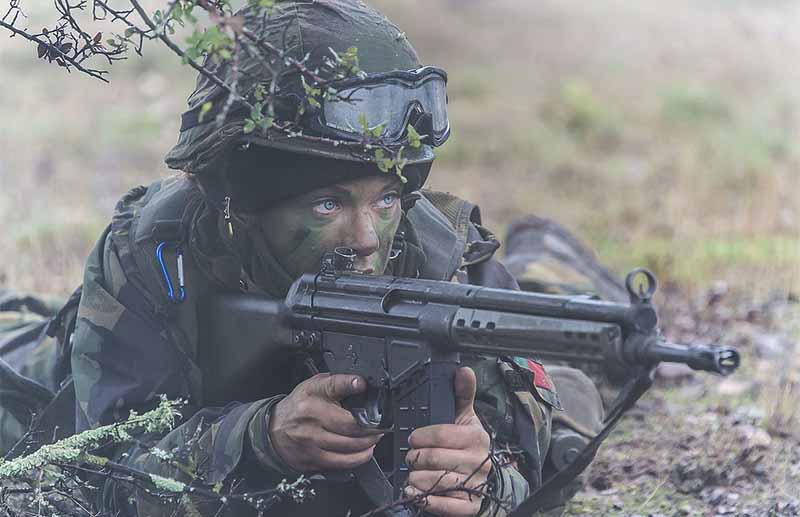
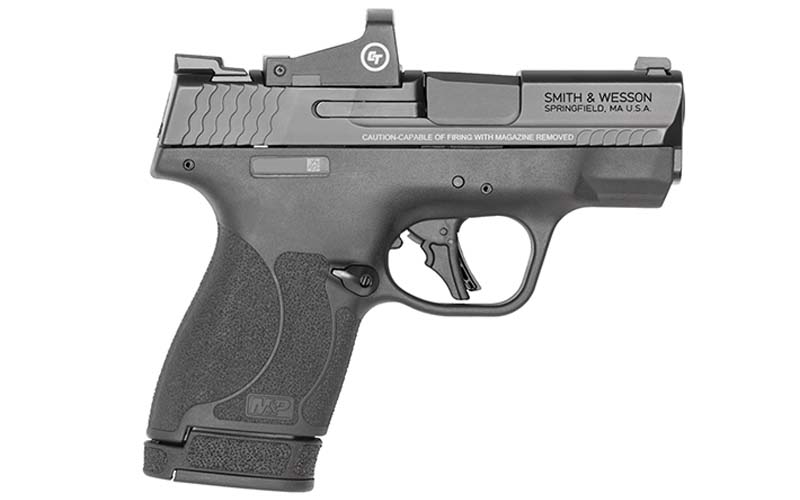
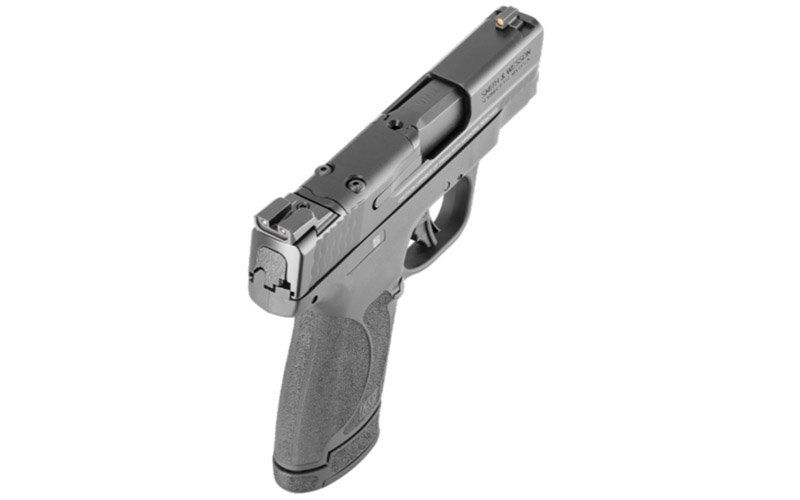
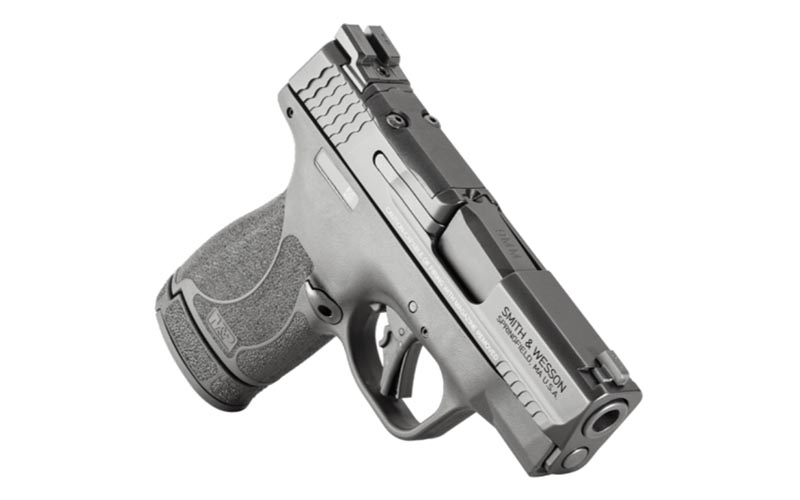

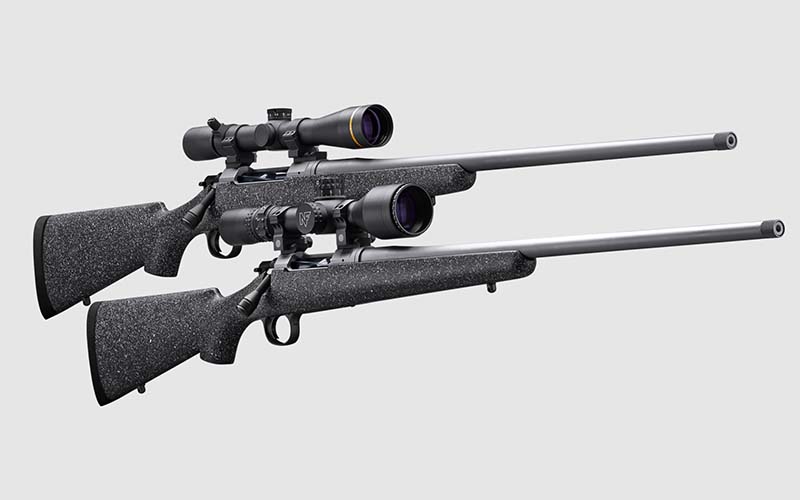
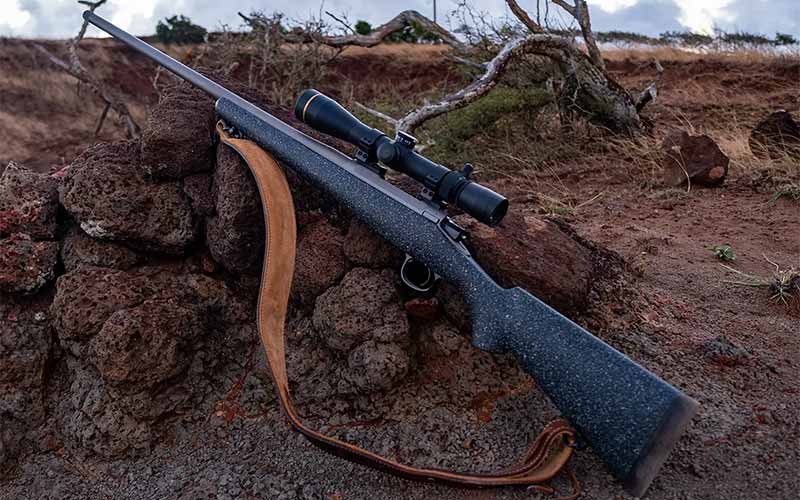
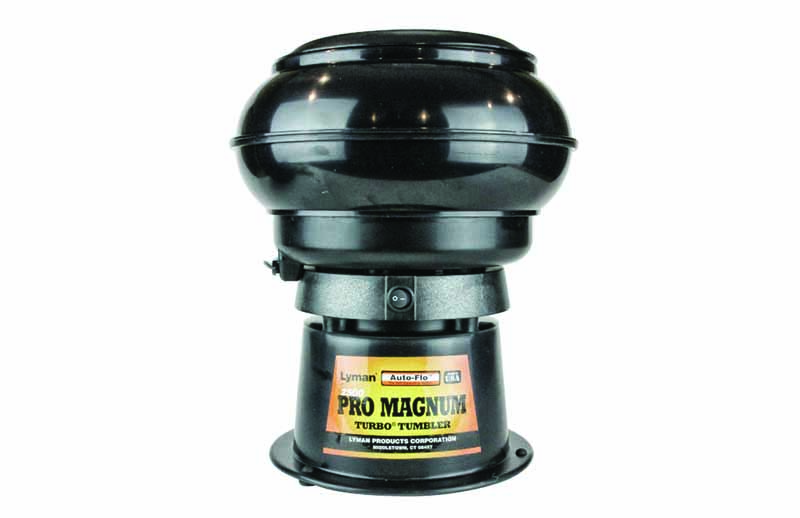
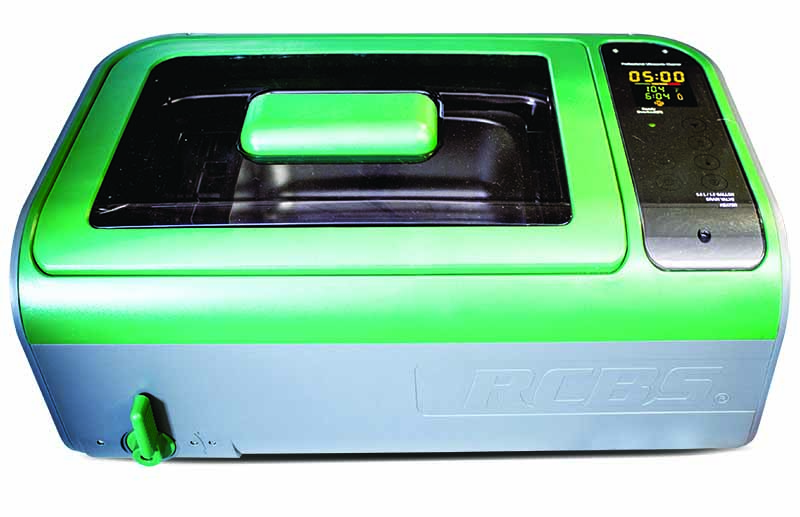

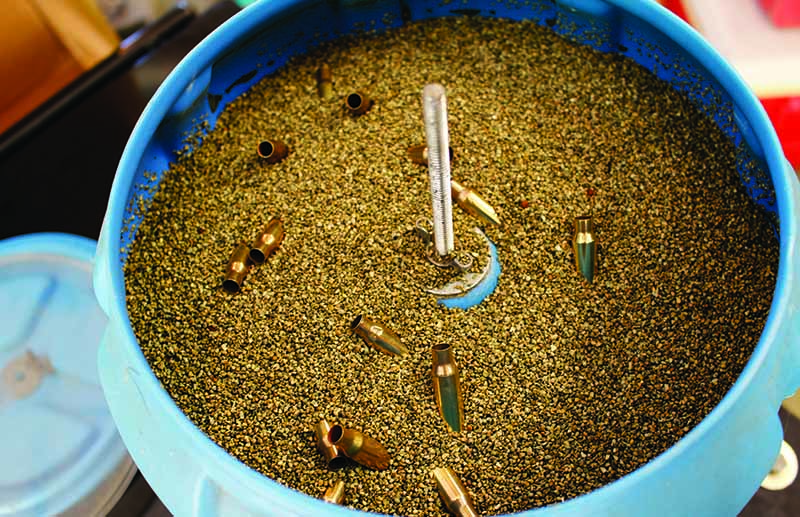


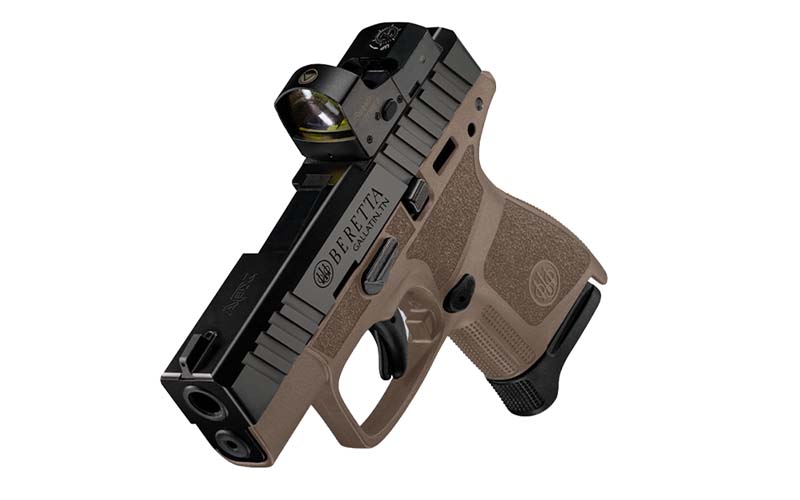

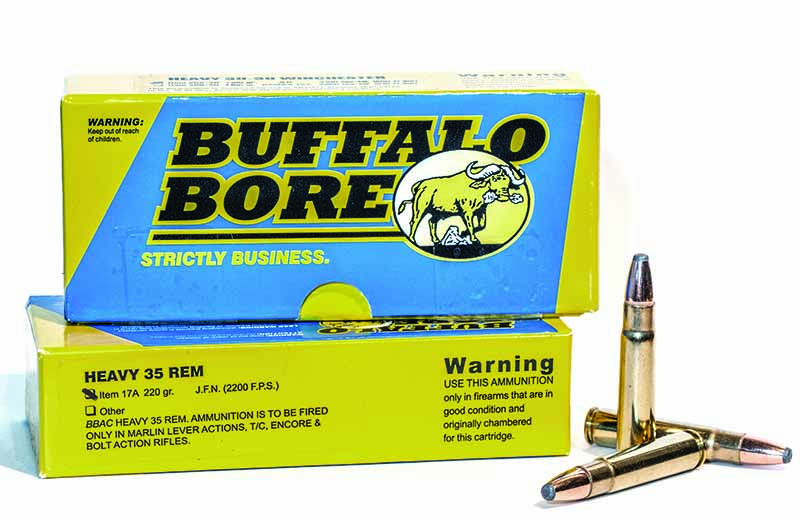
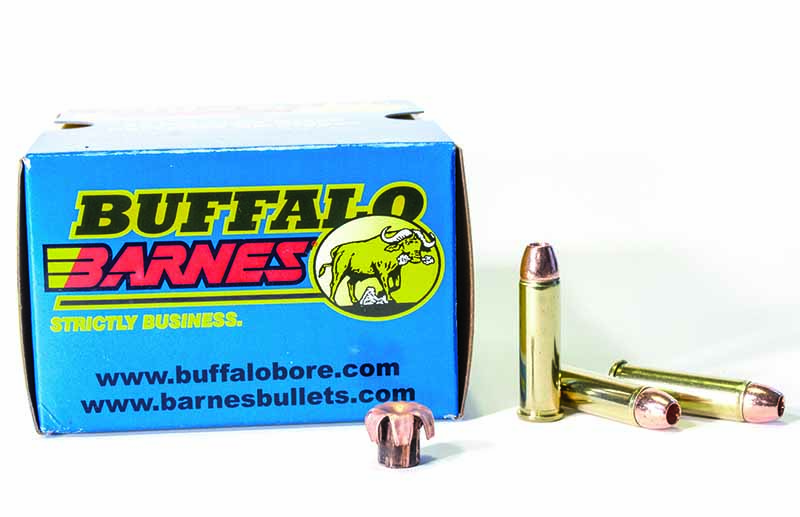
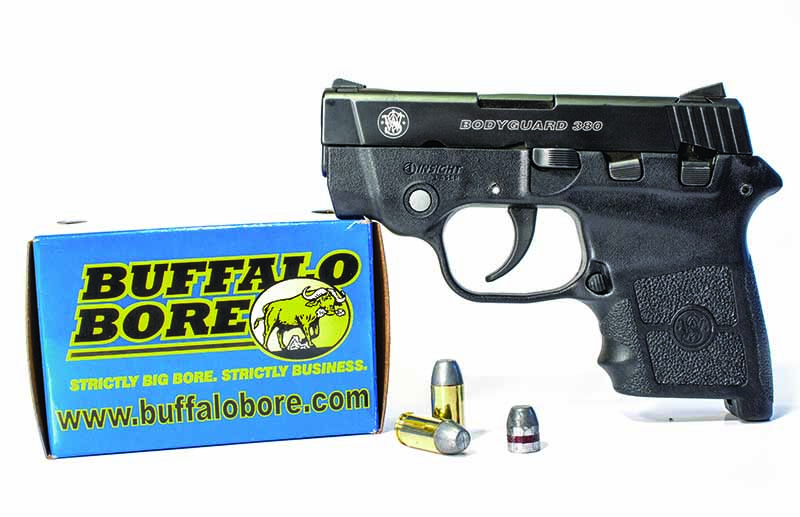
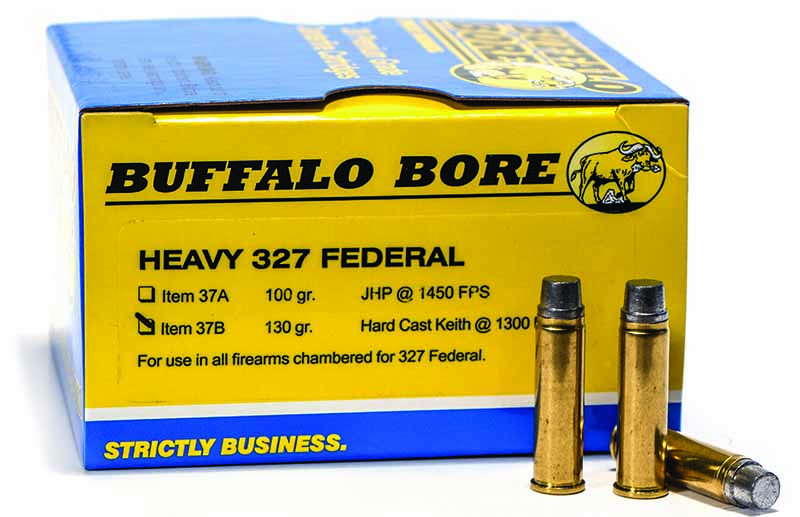
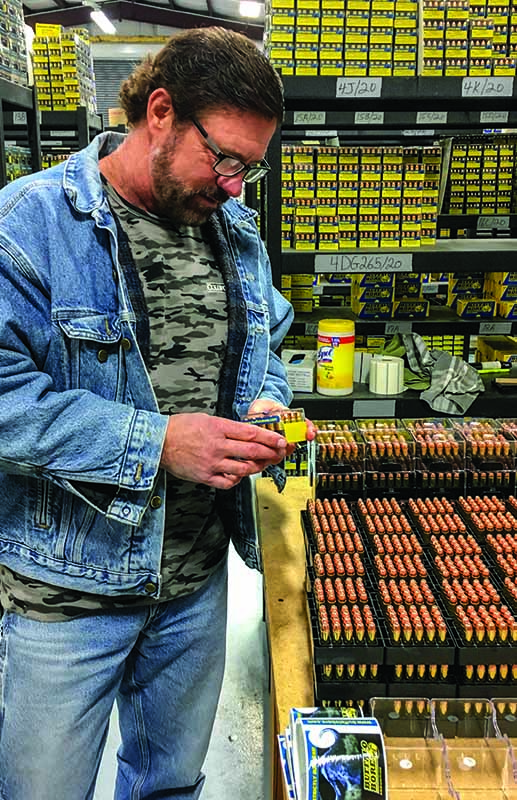
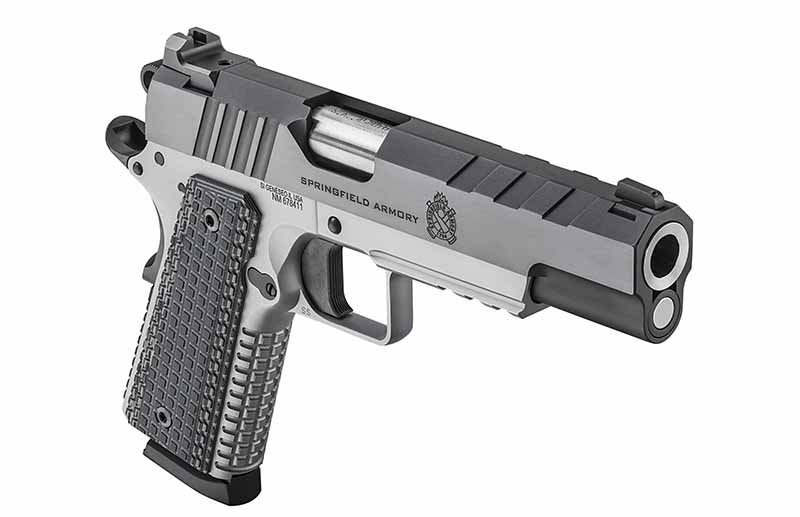
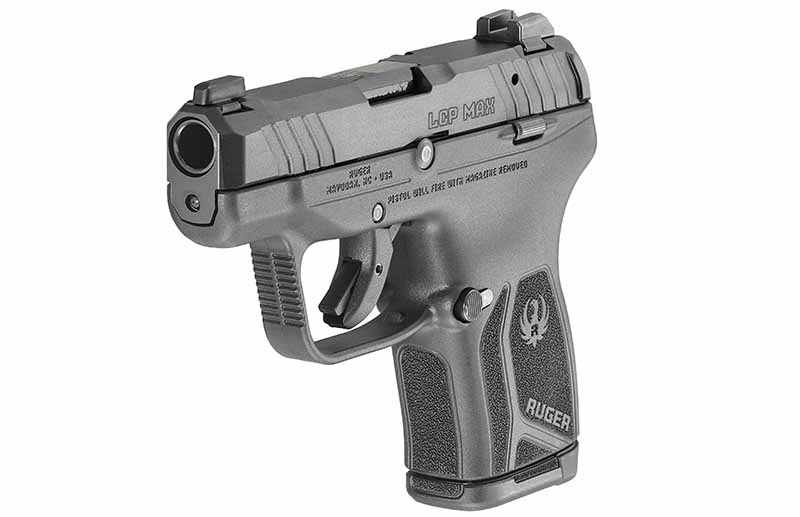
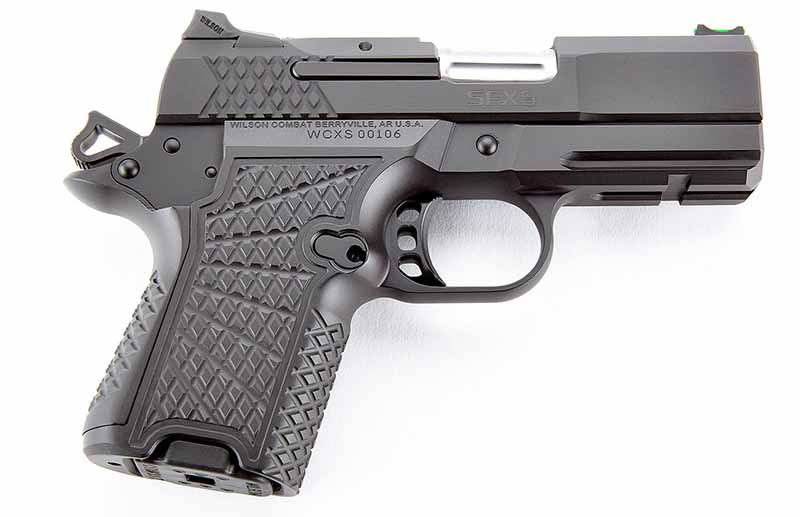
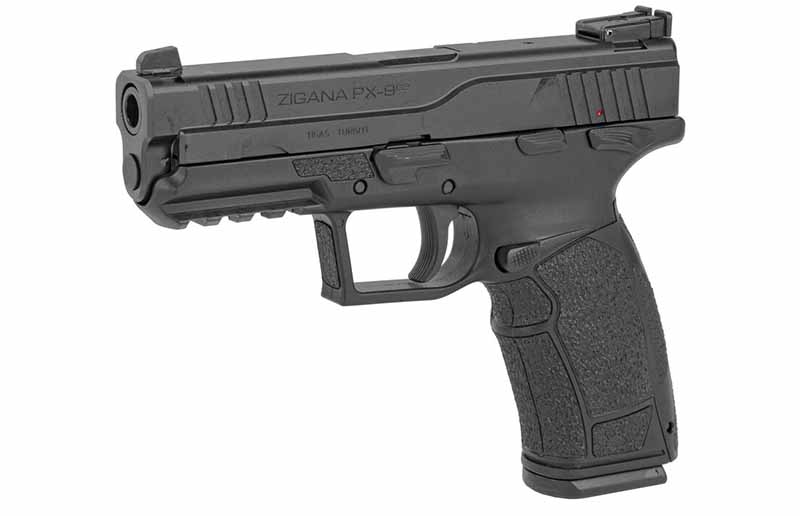
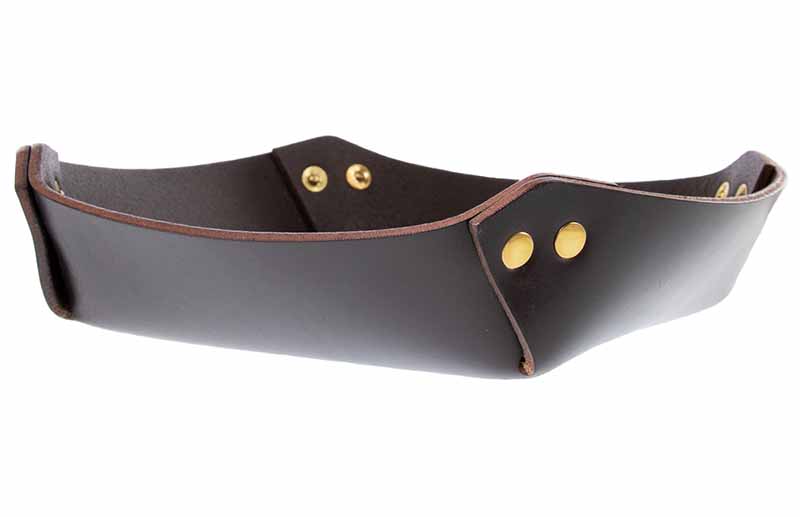
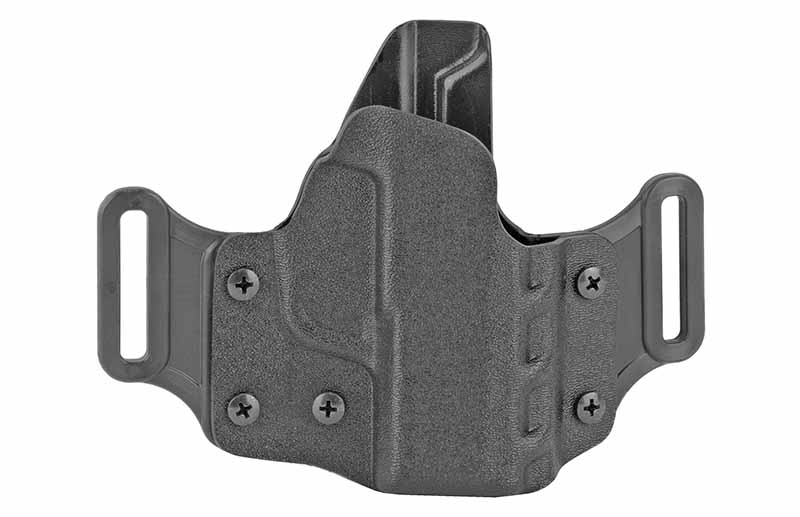
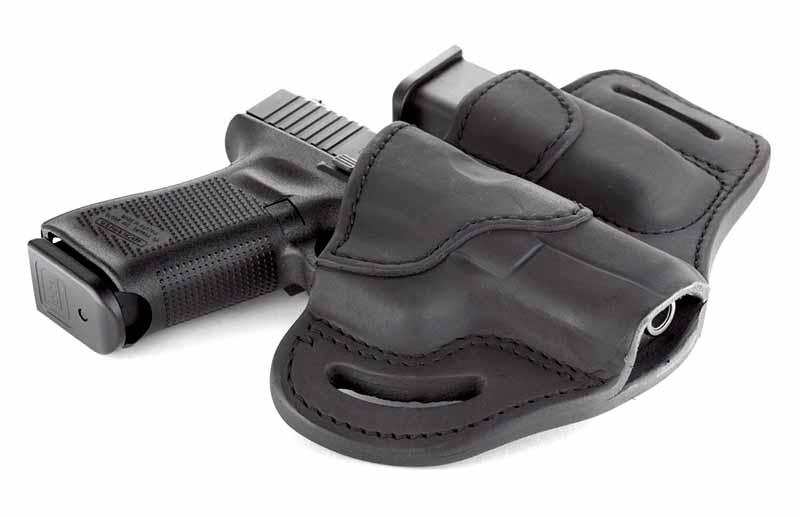
![Best Concealed Carry Guns In 2025 [Field Tested] Wilson Combat EDC X9S 1](https://gundigest.com/wp-content/uploads/Wilson-Combat-EDC-X9S-1-324x160.jpg)


![Best 9mm Carbine: Affordable PCCs [Tested] Ruger Carbine Shooting](https://gundigest.com/wp-content/uploads/Ruger-Carbine-Shooting-100x70.jpg)
![Best AR-15: Top Options Available Today [Field Tested] Harrington and Richardson PSA XM177E2 feature](https://gundigest.com/wp-content/uploads/Harrington-and-Richardson-PSA-XM177E2-feature-100x70.jpg)
